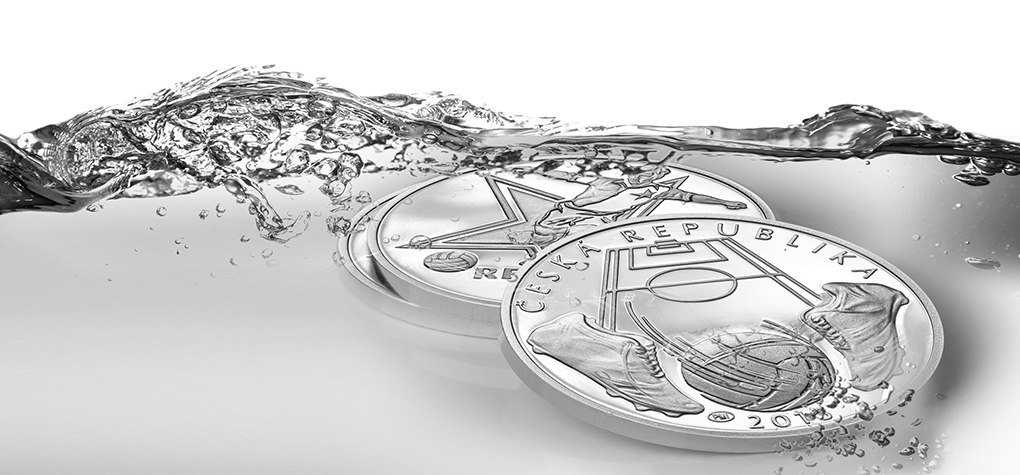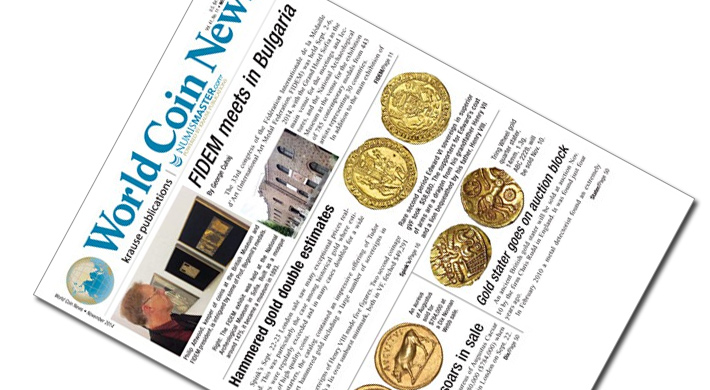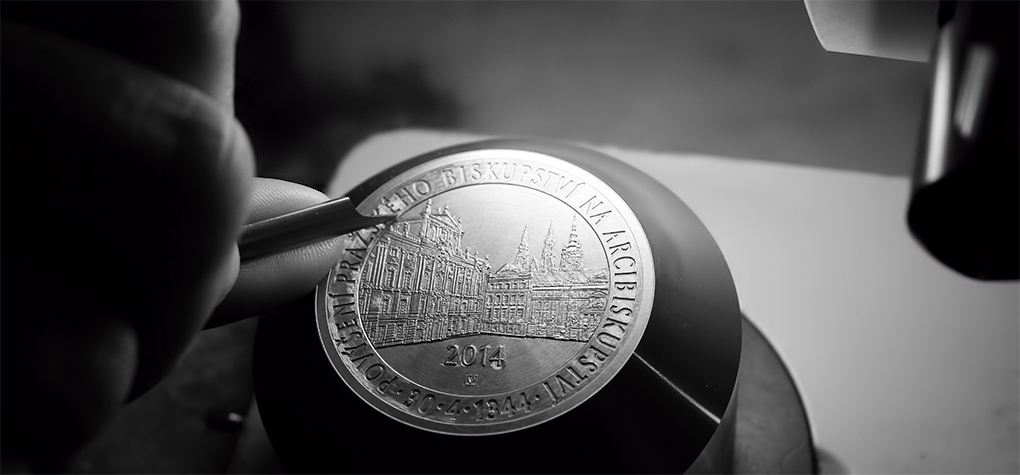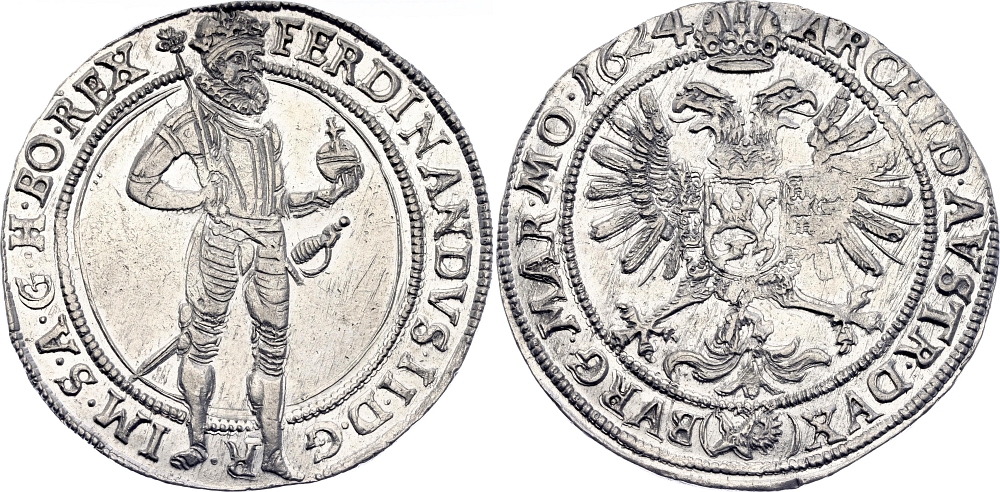Free Advice To Sandblasting Czechoslovakia Medals
Wiki Article
What Is The Model Of A Plaster Scanned In Order To Create A 3d Digital Model For Gold Coins And Medals?
Scanning a model of a plaster to create a digital 3D model for gold coins and medals requires specialized equipment to capture the physical maquette's details and dimensions in the digital format. The digital reproduction is used for a variety of reasons throughout the production process.
3D Scanning High-resolution scanners record physical dimensions and the details of the plaster model. These scanners are able to capture geometry and measurements using different methods like laser scanning or structure lights.
Capturing Surface Information: The scanner projects light or laser beams onto the surface of the model. The scanner records any reflections or distortions that are caused by these laser beams, and thus records the surface details of the plaster model.
Data Collection - As the scanner passes over the plaster model it gathers an immense amount of data, creating an electronic version of the model’s geometry, contours and details.
Conversion to 3D Model. Specialized software transforms information gathered from data into a 3D model. This model resembles the physical dimensions and characteristics of the maquette.
The Motives for Creating the Digital 3D Model
Precision and Replication Digital 3D models allow for exact replication of the physical model's features and dimensions. This precision is crucial to ensure that gold coins or medals match the original model.
Digital models are easily modified and refined. Designers can make adjustments to the 3D model without altering the original plaster maquette, enabling iterative improvements or corrections.
Compatible with Manufacturing ProcessesCompatibility with Manufacturing Processes Digital 3D models are compatible with different manufacturing processes, such as 3D printing or CNC machine which makes it easier to create molds or dies that are suitable for mass production.
Archiving and Documentation- Digital 3D models function as an archived document of the design. 3D models that are digitally stored can be used for future reference, reproduction or historical documentation.
By scanning plaster models and creating 3D digital models Designers and manufacturers can streamline their production processes, ensure accuracy of replication and use advanced manufacturing techniques to produce gold coins and medals with precision and fidelity. See the best Scanning and 3D Modeling Prague Mint gold medals website tips. including st gaudens gold coin, purchasing gold bars, 20 dollar coin, 1oz gold, price for one ounce of gold, american eagle gold coin 1 oz, gold sovereign coins, gold doubloons, gold silver bullion, purchasing gold bars and more.

Why Do The Dies Used To Strike Gold Coins Or Medals Undergo Vacuum Hardening Processes?
Vacuum hardening refers to a process that involves exposing dies to extreme temperatures and a controlled environment in a furnace. Here's a brief overview of vacuum hardening dies.
Diets for striking medals and coins are clean and free of contaminants.
Injecting Vacuum Furnace-
Die dies are then put in a specially designed heat-treating chamber which can generate the vacuum.
Evacuation Air-
The vacuum furnace draws air from the chamber, creating an environment of controlled vacuum that is free of oxygen and other gases. This assures uniform heating, and also prevents the process of oxidation.
Heating Phase
The furnace needs to be heated to a temperature necessary to harden the dies. The temperature depends on both the material that is used and how it is to be hardened.
Soaking in high temperatures
The dies will be maintained at a high temperature for the time needed to make sure the material attains and keeps the required hardness.
Quenching (or cooling)
After soaking, the dies need to be quickly cooled with special methods. The rapid cooling process can help lock in the desired toughness and durability of the material.
Tempering Optional
In some cases, the hardening is then followed by a tempering process. Tempering is the process of heating dies to a cooler temperature to relieve stress while maintaining the toughness.
Quality Control and Inspection
The dies that have been hardened are checked and verified to ensure that the dies are in compliance with all of the specified requirements.
Post-Treatment Handling-
Die dies are then processed further, such as polishing or coating prior to being used for coin or medal striking.
The method of vacuum hardening improves die durability, wear resistance, and also the life span of the dies used to create gold or silver coins and medals. This process, which creates a safe environment free of airborne contaminants, guarantees that the dies are honed consistently and safely, which improves both the quality and durability of the products. Read the most popular vacuum hardening Czechoslovakia gold coins blog examples including 20 dollar gold coin, american gold eagle 1 oz, gold buy bullion, american eagle gold coin 1 oz, gold apmex price, 1 4 oz gold coin, small gold coins, coin gold bullion, gold price coin today, gold dollar coin 2000 and more.

What And Why Are Some Finishes Or Textures Like Matte Or Textured Surfaces Made By Sandblasting?
This method is used for creating specific textures or finishes that include matte and textured surfaces, on coins or medals. The method of Sandblasting is described.
Surface preparation The coin is put inside a box or cabinet fitted with an air compressor and an nozzle. The chamber is typically enclosed to keep the abrasive that is used during the process in a sealed.
Abrasive Material Selection - Fine particles of abrasive substances, such as sand, silicon carbide, glass beads or aluminum oxide are hurled onto the surface of the medal or coin with high velocity.
High-Pressure Propeller - The abrasive particle is launched onto surfaces by compressed air. The texture of the surface is produced through the force and speed of the particles.
Texture Creation- The impact of the abrasive particles onto the surface produces a rough or matte appearance, by changing the topography of the surface. This method can be used to create a uniform texture or roughen certain regions.
Sandblasting is controlled by intensity duration, duration and angle of application. This permits different textures and finishes. Different abrasives can be used to achieve different results.
Sandblasting - The reason it's done
Texture Variation - Sandblasting can create a wide range of textures, including smooth, frosted and matte surfaces. These add visual fascination and unique qualities to medals and coins.
Aesthetic Enhancement - Sandblasting changes the appearance of the surface, decreasing the shine while also diffusing light reflection. This may enhance the appearance of the coin or medal. Matte finishes may, for example highlight specific elements of the design by reducing the glare.
Anti-Glare Property: Sandblasting can create matte or textured surfaces that minimize reflections, glare and makes the item more attractive.
Contrasting Design ElementsSandblasting creates contrast between textured and polished areas of the coin or medal to highlight specific design elements or creating depth and dimension.
Sandblasting is customizable to produce distinctive textures or designs.
Sandblasting can create different finishes and textures on the gold medals and coins. This improves the overall appeal, appearance, as well as aesthetics. View the best sandblasting Prague Mint gold medals website advice. including buy gold bars, gold price jm bullion, maple leaf gold coin, gold coins and bullion, gold bars for sale near me, buy gold and silver, gold silver coins, buy gold biscuits from bank, 2000 sacagawea, 50 dollar gold coin and more.

How Do You Get Gold Blanks Into Coin Presses?
In the process of production Gold blanks will be fed into coin presses which stamp them by high pressure. This transforms them into completed coins or medals. This is a brief overview of the steps that are involved in loading blanks
The loading of gold-plated blanks into a feeder attached to a coin press is done after they have been prepared, examined and assessed. This feeder system guarantees that there is a constant supply of blanks.
Feeding Blanks on the Press
The feeder system is able to guide the blanks one by one into the striking chamber of the coin press. This guarantees the exact placement of each stamping blank.
Alignment and Positioning
The blanks are aligned within the press and placed in the striking room making sure that they are centered and perfectly aligned to allow for the stamping.
Moving in High Pressure
A coin press is a device that applies high pressure to gold blanks with two dies, one stationary, the other moving. The stationary die is the negative impression of the design of the coin, while the die that moves acts as the hammer that strikes the blank.
The moving die transfer the design from the blank to its surface with a great deal of force. The force exerted by dies imprints the design and creates the relief that is raised as well as details on the coin or medal.
Striking repeatedly
For higher-quality coins or medals particularly collector's or proof editions, a variety of strikes can be employed to produce the most precise, sharper image or design. Each strike refines the detail in the blank.
Ejection and Collection
Once struck, the newly-minted coins or medals are ejected from the press and placed in trays or containers. They are examined for quality control in order to ensure that the designs are in line with the specified standards and criteria.
Post-Processing-
In accordance with the specifications of the mint or design Coins and medals may be subjected to additional treatments like edge lettering, reeding, or post-strike treatments.
High-pressure stamping that creates designs on the gold blanks is vital, as this makes them into finished coins or medals that are used for circulation, collecting or commemoration. Precision is required, as any slight deviation in the pressure or alignment of the gold blanks can result in a negative impact on the quality and look of the finished product. View the recommended minting Czechoslovakia gold coins blog examples. including 1 4 oz gold coin, st gaudens gold coin, buy silver & gold, gold silver coins, gold coin 24k price, coin buy silver, ngc grading, gold coin store near me, sovereign british coin, gold coin price today and more.
